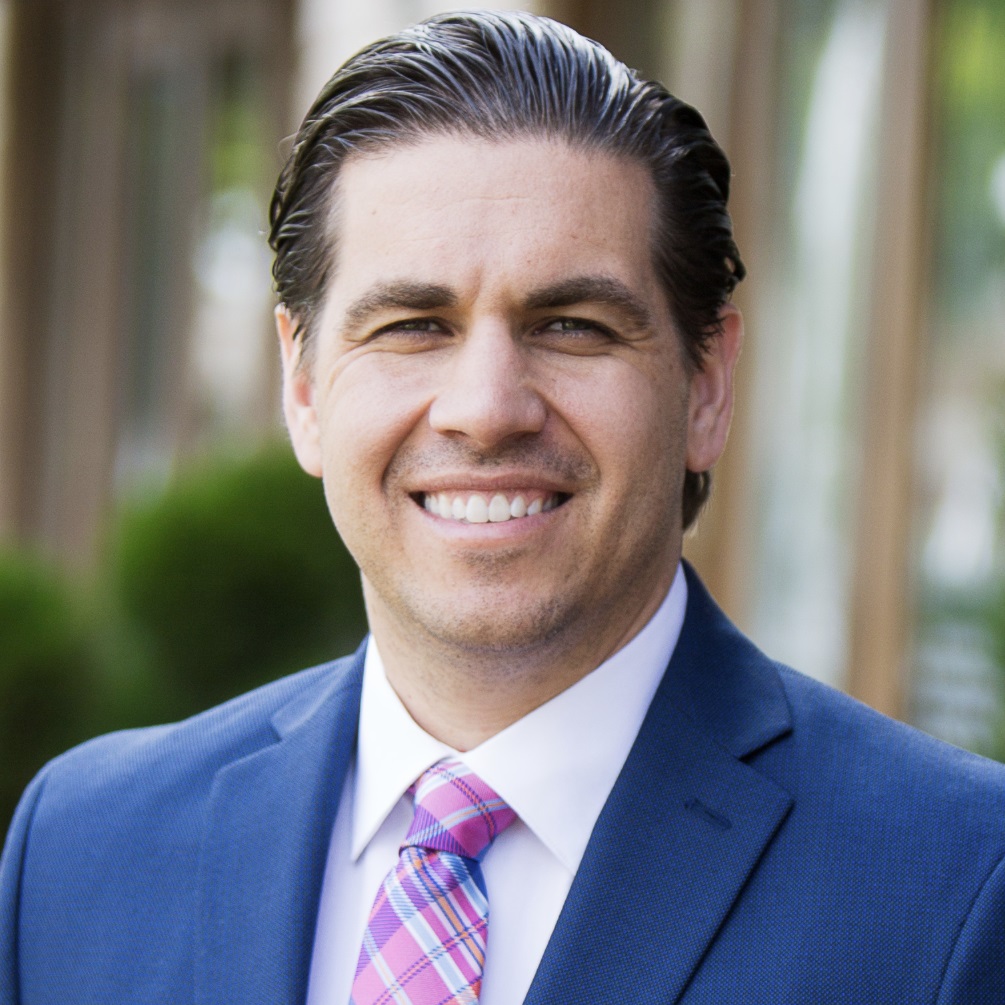Claiming damages by participating in a mass tort lawsuit has several advantages for the plaintiff.
For example, you can spread the effort to locate and gather evidence, conduct the necessary investigation, use expert testimony, and pre-trial preparation in general among many plaintiffs. It reduces the period and effort needed to litigate the case and achieve a positive result effectively. In addition, plaintiffs’ attorneys can share the information gathered and thereby increase the value of each case.
What Are Mass Torts?
Mass torts refer to a situation when many people are wrongfully harmed in the same way or by a similar product, such as a drug, a defective medical device, or a dangerous chemical. It’s an extensive term. It can include many stories and industries in which many people have been affected by a single cause, ranging from a plane crash and tobacco to asbestos, whose long-term exposure has been linked to severe injury and health damage.
Mass torts allow these victims to consolidate their cases more efficiently and consistently.
Mass Tort vs. Class Action
A person with no legal experience and background in litigation may mistakenly consider class action and mass tort litigation the same. But he is wrong.
Yes, all of these processes involve the person whose interests or health have been harmed, and he is claiming compensation.
However, in a class action lawsuit, a group of people represents the interests of even more injured people. They are the plaintiffs, but they are treated by the court as a whole, not as individuals. They will divide the money received if such plaintiffs win in a class action among all those affected, even those not directly involved in filing the lawsuit. The advantage of a class action is reducing the total number of individual claims that somebody may have filed against a defendant on the same grounds. Compensation in such cases is usually small because the compensation amount is divided among many people.
In the early stages of mass tort litigation, the concept of class actions was broadly spread. However, for cases to be governed by class action rules, plaintiffs had to meet several requirements to form a class.
The Supreme Court ended the use of class action practice in mass tort cases with its decisions in Georgine v. Amchem Prods., Inc. and Ortiz v. Fibreboard Corp.
The court’s treating plaintiffs is the leading contrast between mass torts and class actions. Rather than treating them as a whole, the court treats mass tort plaintiffs as individuals, and each plaintiff’s compensation will reflect their specific damages.
Mass torts often involve a group of individuals, sometimes from the same geographic area. Because of this, mass tort cases usually consist of a smaller group of injured plaintiffs than a class action.
Although the mass tort plaintiffs are a piece of a larger group, each member is still treated as an individual. Each plaintiff must prove specific facts, including how the defendant harmed each individual.
The most famous mass tort cases
Mass tort cases in the U.S. arise yearly and generate significant public interest.
For example, for 2020, these are PFAS chemical pollution litigation, Juul litigation, Zantac litigation, and others.
In 2021, Paraquat litigation, CPAP litigation, and others were notable.
In 2022, everyone is talking about paraquat lawsuits, talc lawsuits, Roundup lawsuits, Camp Lejeune water contamination lawsuits, and others.
I recommend you take a closer eye at some of them.
Roundup lawsuit
Roundup is a herbicide that is widely used throughout the world. Roundup is sprayed in gardens, on lawns, and even around playgrounds.
Its main ingredient is glyphosate, which the World Health Organization has called a probable carcinogen for humans. The federal Safe Drinking Water Act identifies glyphosate as a significant contaminant in drinking water.
As this study circulated, more and more consumers decided to sue Roundup, claiming that Monsanto/Buyer failed to warn them of the exposure risks associated with using this weedkiller.
The pharmaceutical company Bayer acquired the Roundup brand in 2018 as part of its $63 billion purchase of Monsanto.
On June 22, 2022, the Supreme Court rejected an appeal from pharmaceutical giant Bayer to dismiss thousands of lawsuits alleging the company’s Roundup weedkiller causes cancer.
Bayer argued that the Roundup and glyphosate cancer claims were inconsistent with the Environmental Protection Agency’s findings and the agency’s clearance.
But the court upheld a $25 million lower court decision in favor of Edwin Hardeman. He says he got non-Hodgkin’s lymphoma from using Roundup for nearly three decades against weed killer overgrowth in the backyard of his San Francisco home.
Numerous Roundup lawsuits are filed across the country today. People based their cases on the claim that Roundup (glyphosate), sold by Monsanto/Bayer, can cause serious health risks, including a rare form of cancer. They also point to research on the connection between Roundup and cancer, especially non-Hodgkin’s lymphoma.
Potential damages that plaintiffs can recover may include past and future medical expenses, lost wages due to missed time during treatment, and more.
Camp Lejeune water contamination lawsuit
Camp Lejeune in Jacksonville, North Carolina, was a U.S. Marine Corps base camp operating since 1941.
Two of the eight water treatment plants supplying water to Camp Lejeune Marine Corps Base in North Carolina were contaminated. Industrial solvents trichloroethylene (TCE) and perchloroethylene (PCE) spoiled them from 1957 to 1987. The Tarawa Terrace and Hadnot Point water treatment plants equipped the water supply systems. They provided water to accommodation for ordinary families, barracks for unmarried military personnel, administrative offices, and recreation areas.
The abovementioned industrial solvents cause various diseases and health damages: heart defects, miscarriages, cancer, Parkinson’s disease, and neurological problems.
People drank contaminated water and bathed in it. And this applied not only to soldiers but also to their families. Millions may have been affected.
In 2012, the President of the United States signed the Janey Ensminger Act. It is a law named after the daughter of a member of the Marine Corps. Janey Ensminger died at age 9 of leukemia. Her illness arose from water contamination at Camp Lejeune, where her family lived when she was born.
Benefits for Camp Lejeune Veterans and their family members include health care for 15 conditions detailed in the Honoring America’s Veterans and Caring for Camp Lejeune Families Act of 2012.
Veterans can obtain health care benefits and disability for eight presumptive disease conditions associated with contaminants in the water at Camp Lejeune.
As of today, The Honoring Our PACT Act of 2022, which includes the Camp Lejeune Justice Act, is before the Senate. The bill prohibits the U.S. government from claiming immunity from suit in response to such a lawsuit. It also proposes eliminating the 10-year deadline for filing claims under North Carolina law, which prevents many victims from receiving compensation. The bill is expected to pass soon.
If you or someone was affected by a water pollution problem at Camp Lejeune, you might be qualified for compensation for past, current, and future medical bills, loss of quality of life, lost wages, and more.
Bottom Line
Mass torts cases, such as Roundup or Camp Lejeune water contamination cases, require a responsible and experienced approach to ensure you get the expected result.
Please get in touch with us if you or a loved one has been a victim of mass torts related to, for example, drugs, defective devices, harmful chemicals, tobacco, and the like.
An attorney can help you build a successful lawsuit and gather sufficient evidence to prove mass torts.
Christopher Migliaccio has created a network of what he believes to be the nation’s leading mass torts attorneys.
He will ensure that your case and type of case gets to the firm and the mass tort lawyer that will give you the best results and experience.

